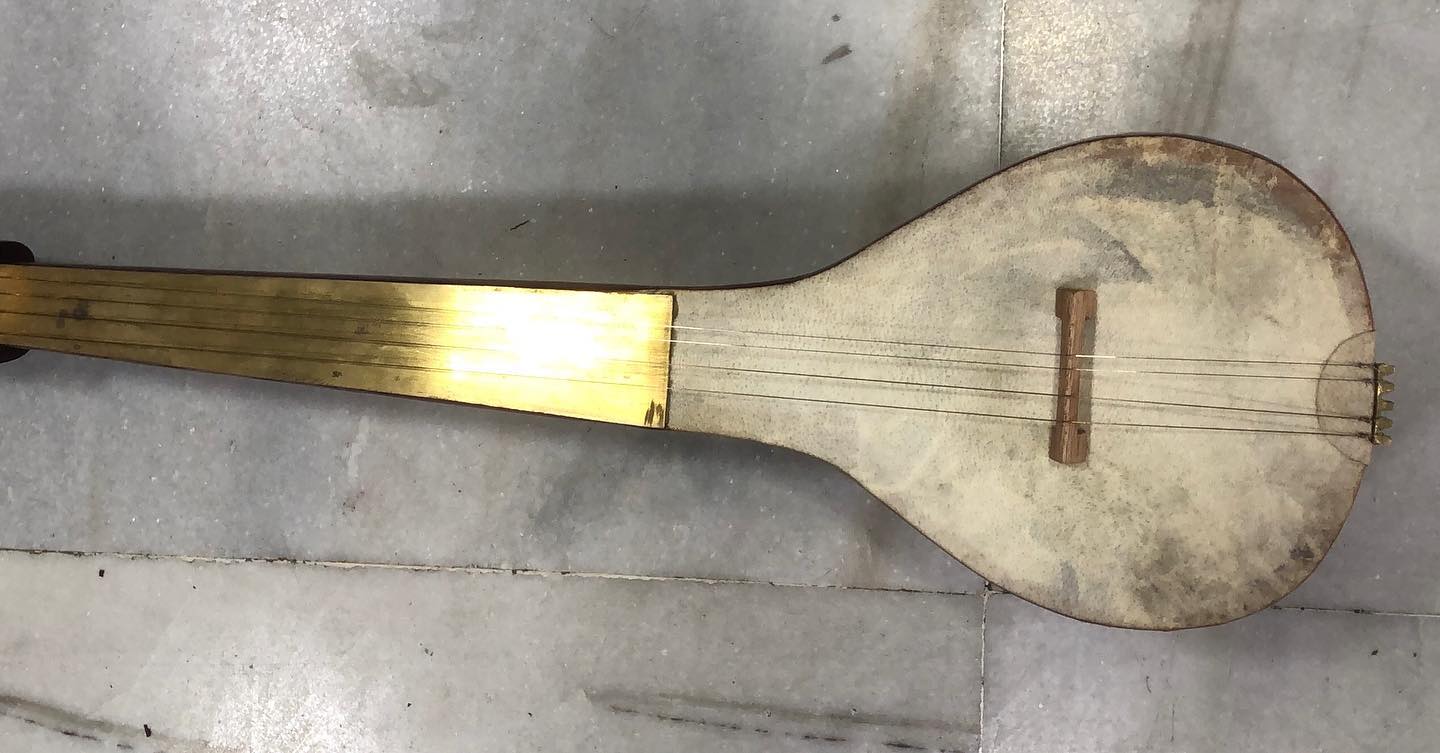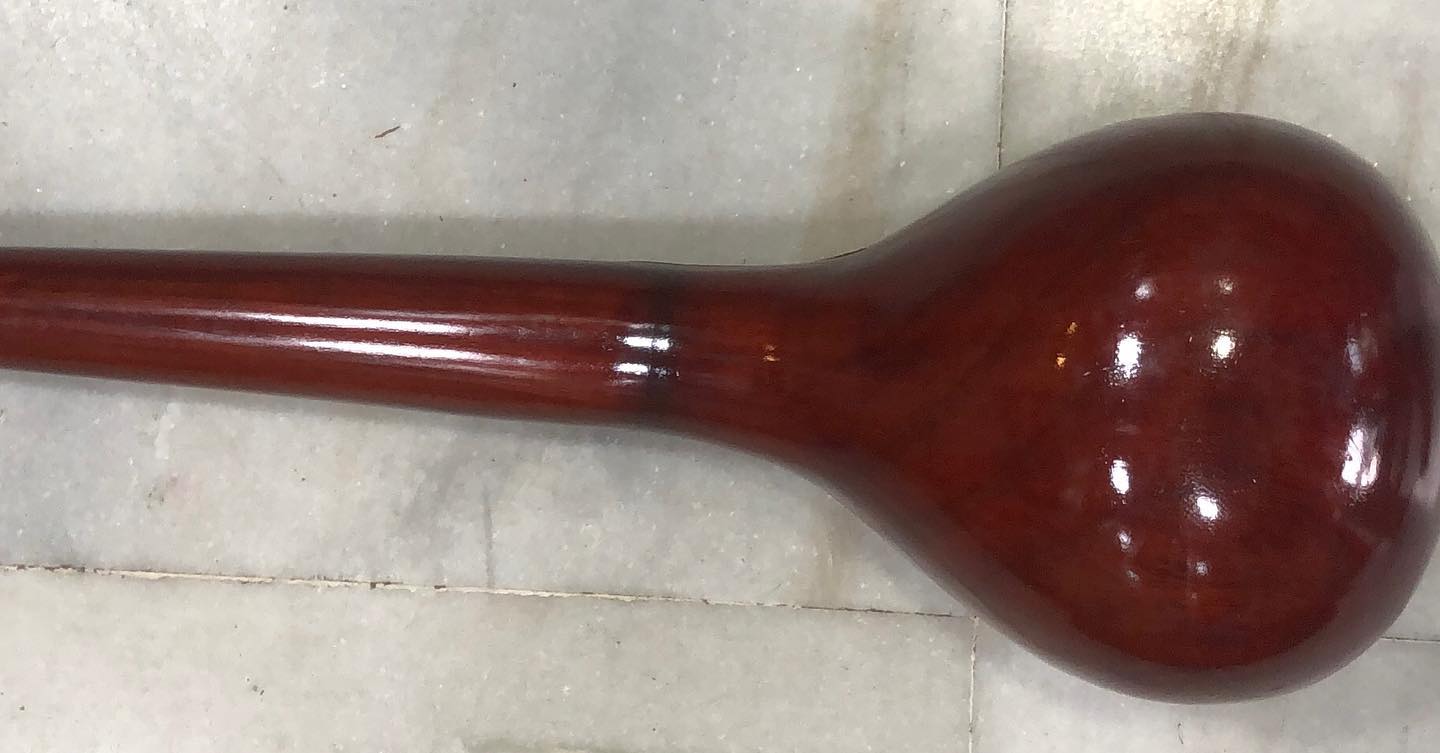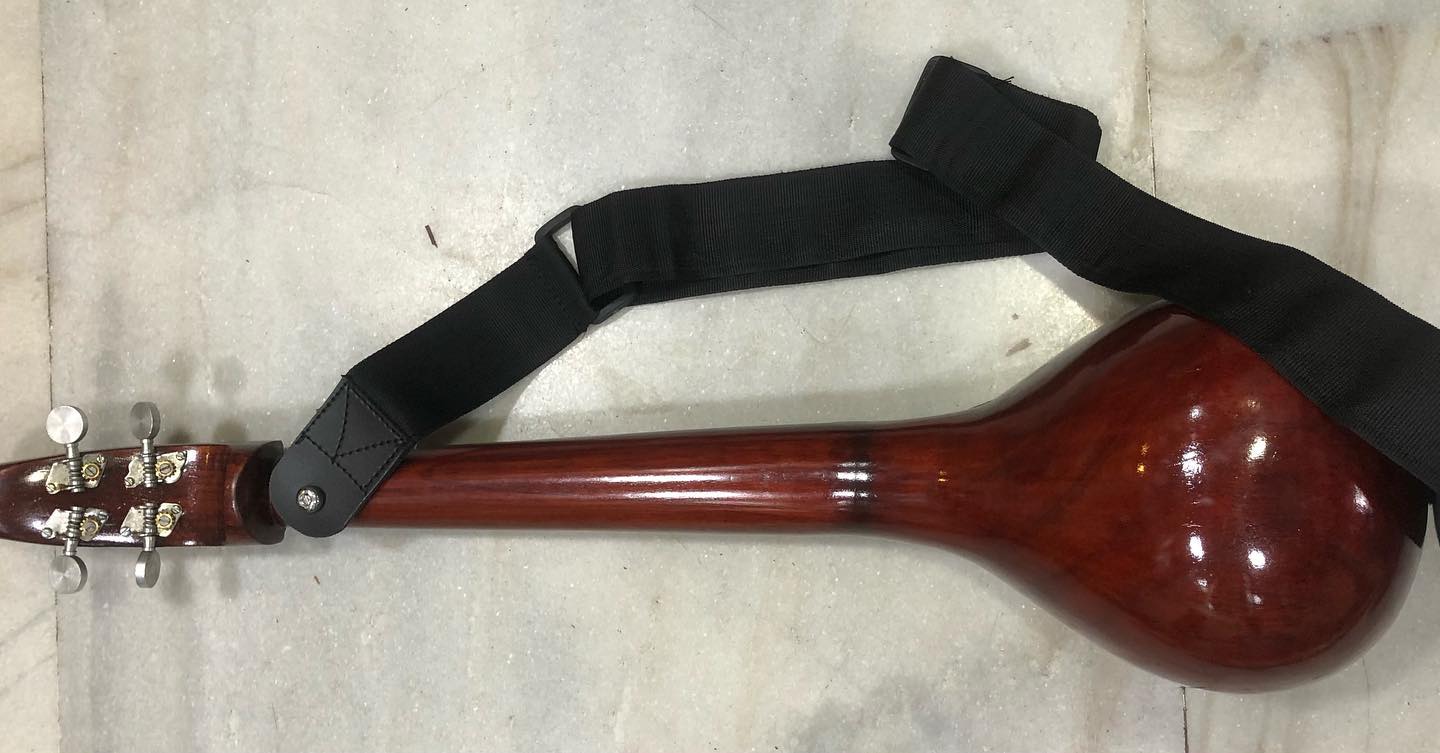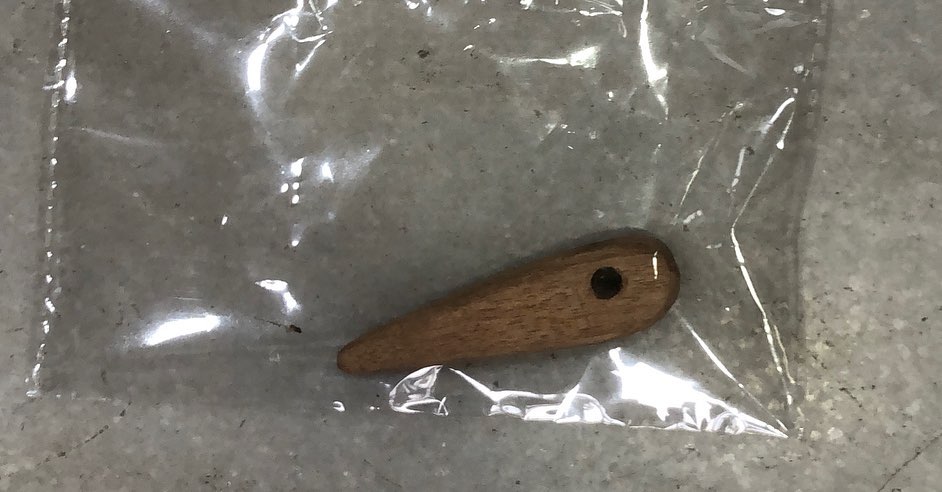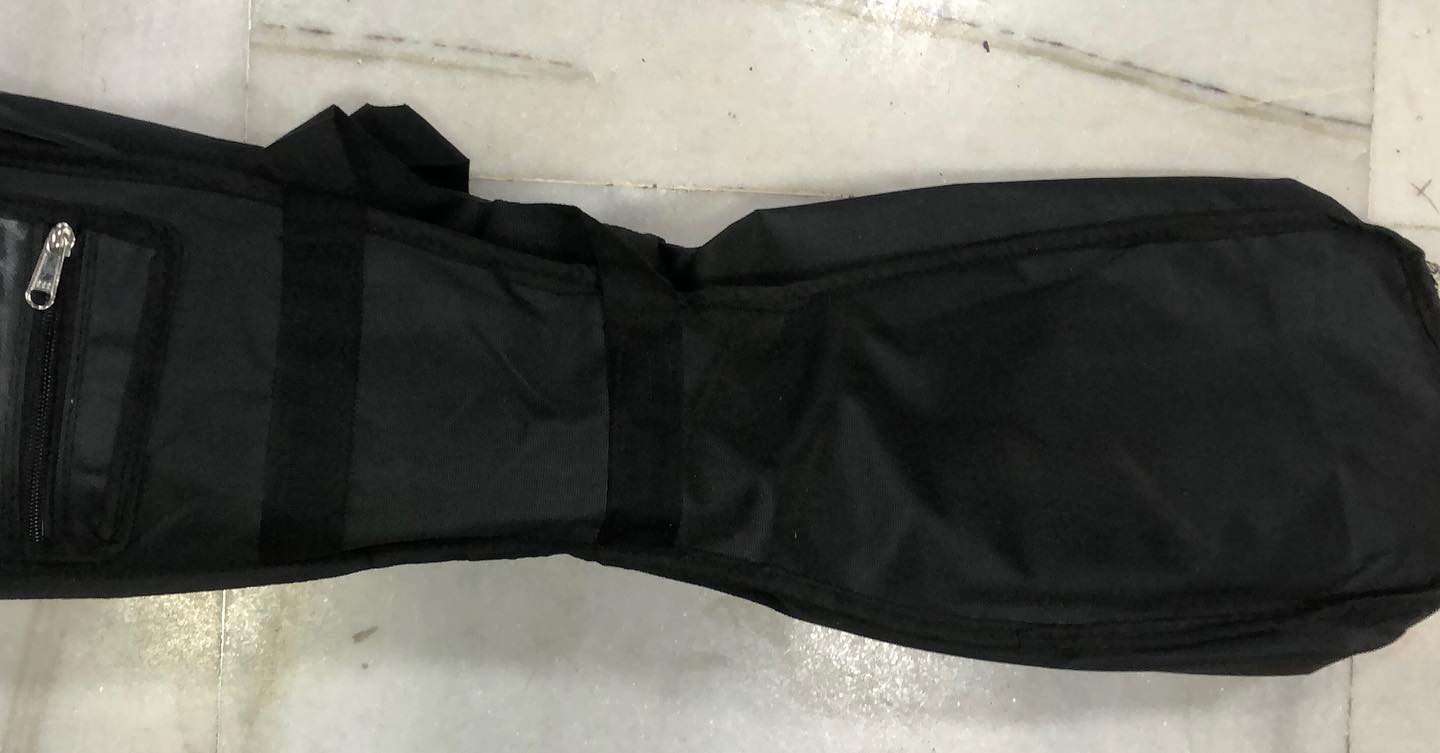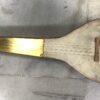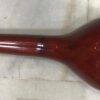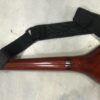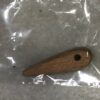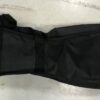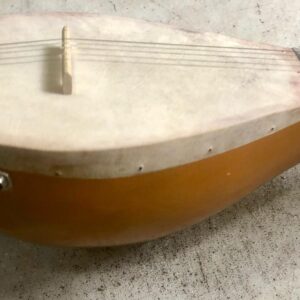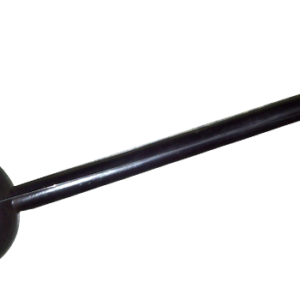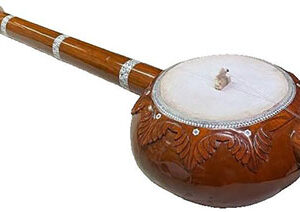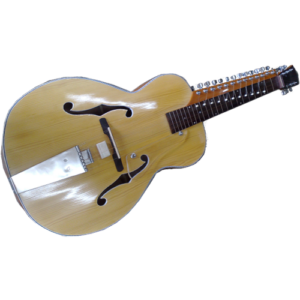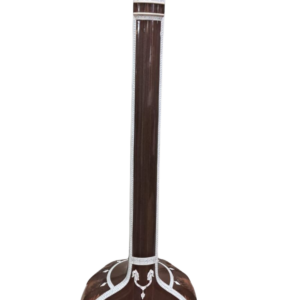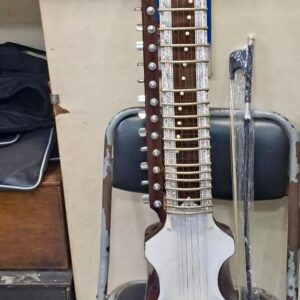Description
Special Dotara/ Chartara
Special Features:
Best sound quality, classically tuned.
Delivery Time: 12-15 Working Days after Successful Payment.
For More information SMS 2600S Name Email Country and Send to +919830066661
N.B: All prices are inclusive of Shipping (International Air Mode)/ Packing/ Tax/ Insurance. No hidden cost. Read our Terms & Conditions, Privacy Policy and Shipping Policy.
In The Box: Special Dotara/ Chartara, Stroker, Strap, Bag
History (Wikipedia):
From where we get Special Dotara/ Chartara- Small history below:
Our knowledge about the Special Dotara/ Chartara is from Wikipedia. As per Wikipedia, we shared this small history to let our customers know about the Special Dotara/ Chartara history. Madhava Kandali, a 14th-century Assamese poet and the author of the Saptakanda Ramayana, prominently features several instruments in his rendition of the “Ramayana.” He highlights instruments such as the Dotara, mardala, tabal, and jhajhar, among others.
The dotara features four strings, tuned from top to bottom as follows: Soh (lower), Do, Do, and Fah. In Indian notation, this tuning corresponds to Pa, Sa, Sa, and Ma, with Do/Sa serving as the tonic or root note of the song.
The dotara, a plucked stringed instrument, produces sound through an open note combination. Musicians often play it alongside folk percussion instruments like the Dhol, Khhol, or Mandira. Crafted from neem or other hardwood, the dotara features an elongated, roundish belly that serves as its soundbox, tapering to a narrow neck. This neck ends in a peg box, which often showcases elaborate carvings in the shape of peacock heads, swan heads, or other animal motifs. Additionally, the fingerboard remains fretless and is made of brass or steel, similar to a sarod. Finally, the instrument’s soundbox is covered with tightly stretched kidskin or lizard skin, akin to that of a rabaab or a sarod. In conclusion, this provides a basic history of Dotara/ Chartara

